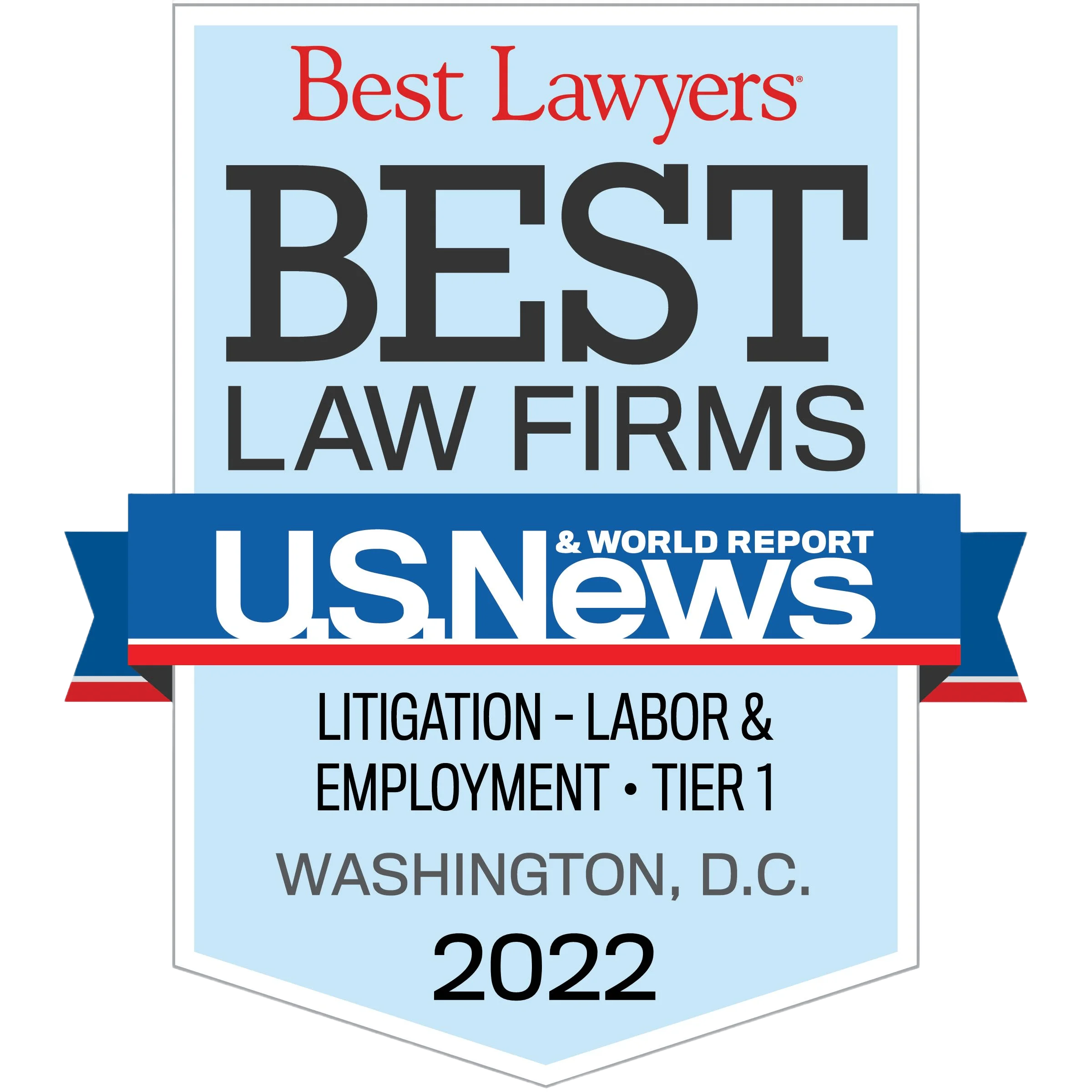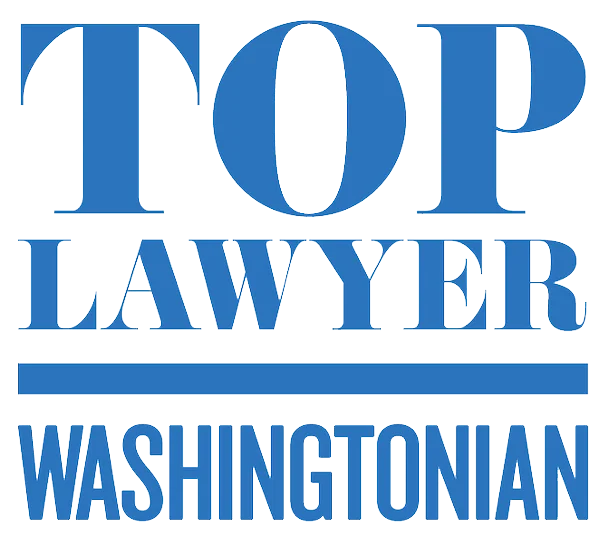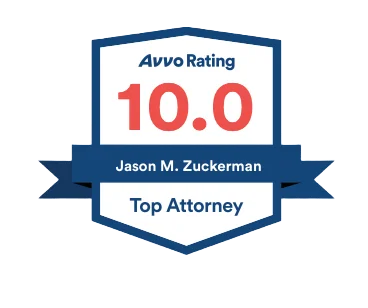1. What is an EEOC discrimination charge and why is it important for me to file one?
If you are considering filing a glass ceiling/promotion discrimination case, or other employment discrimination claim, you need to know about the Equal Employment Opportunity Commission’s (EEOC) discrimination charge filing process. Generally, someone who believes they have been discriminated against at work must first file an EEOC discrimination charge before they can file an employment discrimination lawsuit under Title VII of the 1964 Civil Rights Act in federal court (different procedures may apply for a state law claim or claims under different federal laws).
Before you file a charge with the EEOC, it is often worthwhile to try and address your dispute with the company short of formal litigation. You may also want to speak with a lawyer before filing an EEOC charge because many procedural hurdles exist, which may limit the type of claims you can file in court as well as the damages you can receive.
2. What deadlines apply in filing an EEOC discrimination charge?
If you decide to file an EEOC discrimination charge, the EEOC’s website contains valuable information on how to do so. Depending on what state you live in, your charge of discrimination must be filed within 180 or 300 days of the discriminatory act.
Note: different requirements apply depending on whether your employer is a private company, state or local government, union, or the federal government, and it is important to follow those specific requirements.
Also, the EEOC’s online assessment center will help you decide if you should file with the EEOC or a different agency.
Although you cannot file a discrimination charge online, the EEOC recently announced its new online inquiry and intake interview appointment system. It does not take the place of filing a charge of discrimination, but the online inquiry and appointment system does provide helpful suggestions. Also, it allows you to enter your zip code to determine which process is available to you.
Finally, you will likely be asked to fill out an intake questionnaire. According to the EEOC, this does not take the place of filing a discrimination charge, but it does give the EEOC important information about your claim.
3. What information do I need to include in my EEOC discrimination charge?
It’s important to provide as much information as you can in your EEOC discrimination charge and to answer the intake questionnaire as completely as possible.
A federal court recently provided some insights about how precise your allegations in an EEOC discrimination charge should be and how this may impact your court case. In Tolston-Allen v. City of Chicago, the court spelled out some of the legal pitfalls and potential arguments regarding your EEOC charge that your employer may make to try and dismiss your case. In this case, the City of Chicago argued, among other things, that part of Tolston-Allen’s federal case should be dismissed because it alleged discriminatory actions that she did not include in her EEOC charge. Some key takeaways from the decision are that:
- generally, the claims filed in federal court must have been within the scope of the EEOC charge;
- however, “[a] plaintiff may still bring claims not specifically included in an EEOC charge if they are ‘like or reasonably related to the allegations of the [EEOC] charge and [grow] out’” of those allegations;
- what this usually means is that a claim asserted in court must at least “describe the same conduct and implicate the same individuals” as included in the EEOC charge;
- for example, the City argued that Tolston-Allen’s claim that she was subjected to a hostile work environment was outside the scope of the EEOC charge she filed;
- But the court rejected this argument and ruled that her hostile work environment claim “[grew] out of” the allegations in her EEOC charge that she had been “harassed and subject to discipline”
4. What happens after I file my EEOC discrimination charge?
After you file a charge of discrimination, the EEOC will investigate your claim and may offer to try and settle the case with you and your employer. The EEOC will give a copy of your discrimination charge to your employer. If the EEOC finds cause to believe your employer discriminated against you, then the EEOC may either try to settle the case with the employer or the EEOC may decide to file a lawsuit on your behalf. In the event the EEOC can’t determine whether you were discriminated against, it will issue you a Notice of Right to Sue, after which you may file your own lawsuit in court.
If you believe your employer has discriminated against you, it is important to take steps to find out about the EEOC charge filing process as soon as possible to make sure you protect your legal rights. If you have questions, contact an experienced employment attorney for advice.








